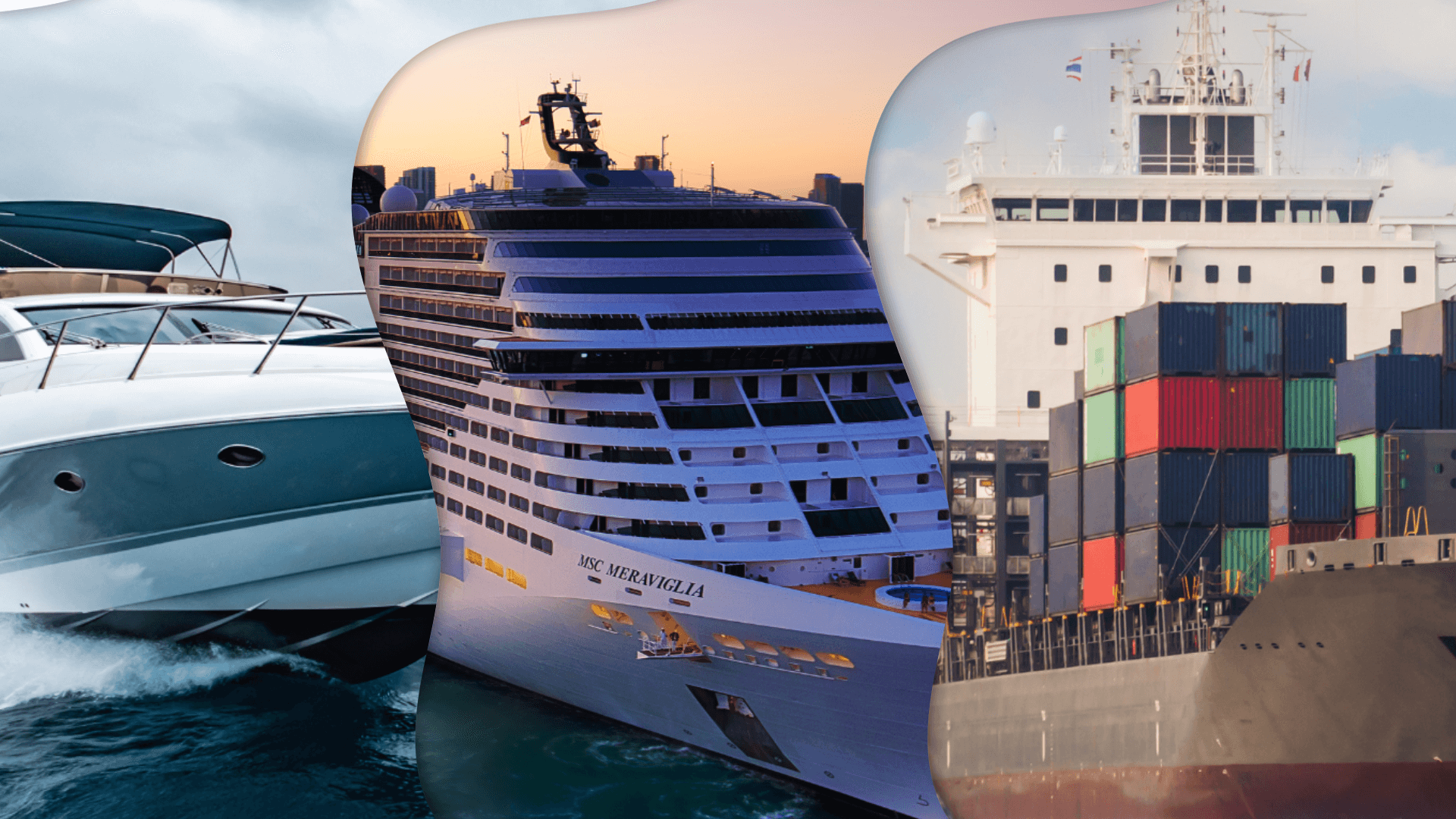
Gyroscopic stabilizer on ships. How does it work?
In an innovative initiative to improve stability and comfort in maritime navigation, the marine industry is adopting advanced technologies, and the latest protagonist is the gyroscopic stabilizer.
What is it?
A gyroscopic stabilizer works like a huge spinning top, driven by an electric motor and with a considerable rotating mass. This generates a large kinetic moment, i.e. resistance to change in the axis of rotation. This is a technological solution to ensure smoother and more pleasant sailing.
As many of us have experienced when sailing in the serenity of your favorite bay, few inconveniences are more irritating than the discomfort of exaggerated rocking caused by waves or the rapid passage of another boat.
To counteract these uncomfortable oscillations, many sailors choose to make use of gyroscopic stabilization technology.
How does it work?
This system is composed of a flywheel rotating on a vertical axis, mounted on a gimbal that allows to maintain the axis of rotation in a vertical position despite the ship's movements.
Thanks to this mechanism, the stabilizing torque generated by the angular momentum of the gyroscope is harnessed to correct the roll, keeping the axis of rotation vertical.
When the ship begins to experience rolling motions, the gyroscopic stabilizer responds by generating an opposing gyroscopic moment.
This moment counteracts the roll forces and keeps the ship level. The result is a significant reduction in roll motion.
In summary, the gyroscopic stabilizer uses the force of angular momentum and gyroscopic precession to counteract unwanted motion of a boat and keep it stable in the water.
Notable Advantages
- Improved comfort: The application of gyroscopic stabilizers transforms the passenger experience, minimizing sway and associated discomfort.
- Enhanced safety: Improved stability contributes to a safer environment for crew and passengers, reducing the risk of injury and motion sickness.
- Fuel efficiency: By reducing roll, gyroscopic stabilizers can improve fuel efficiency by maintaining a constant speed and optimal performance.
With advances in miniaturization and energy efficiency, the adoption of such stabilizers is expected to continue to grow in the marine industry. These technologies promise not only more comfortable sailing, but also a more stable horizon for the future of maritime navigation.
From luxury yachts to research vessels, the adoption of this technology demonstrates the maritime industry's continued commitment to innovation and improving the sailing experience. With gyroscopic stabilizers, mariners can expect a smoother ride, increasing not only onboard comfort, but also safety in rough seas.













_v2.svg)
_v2.svg)









_v2.svg)


